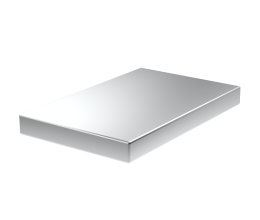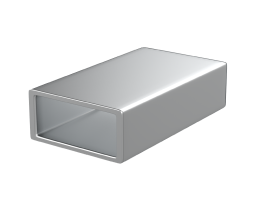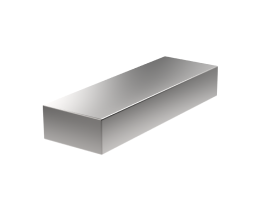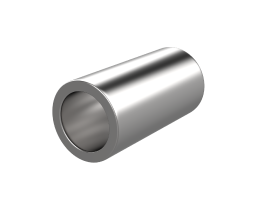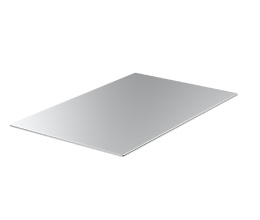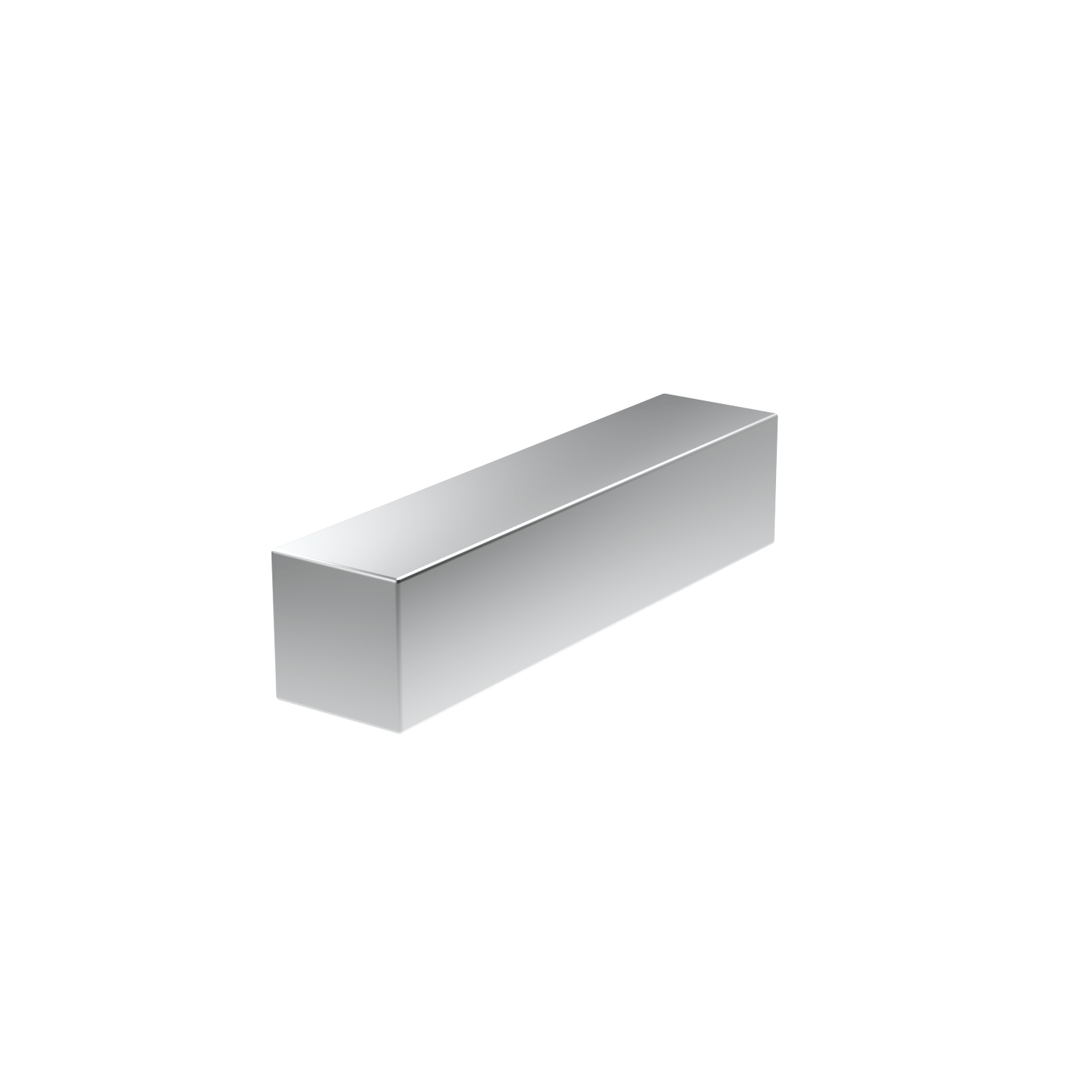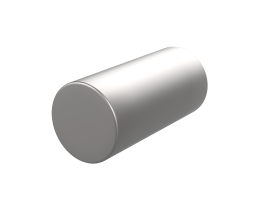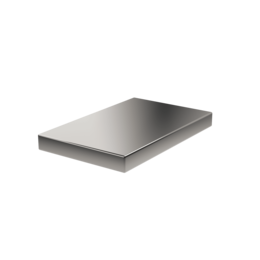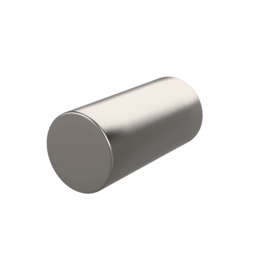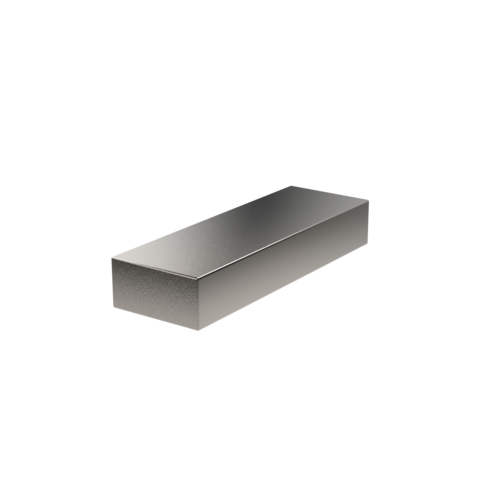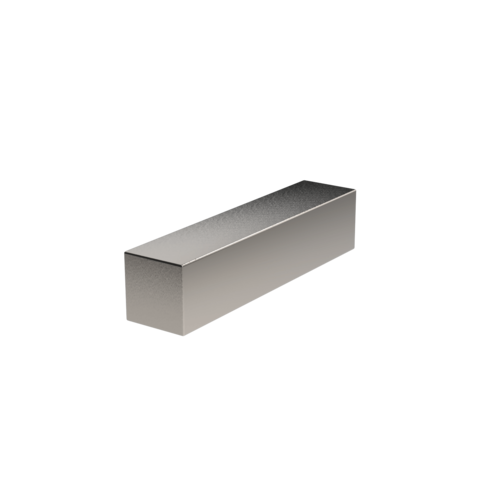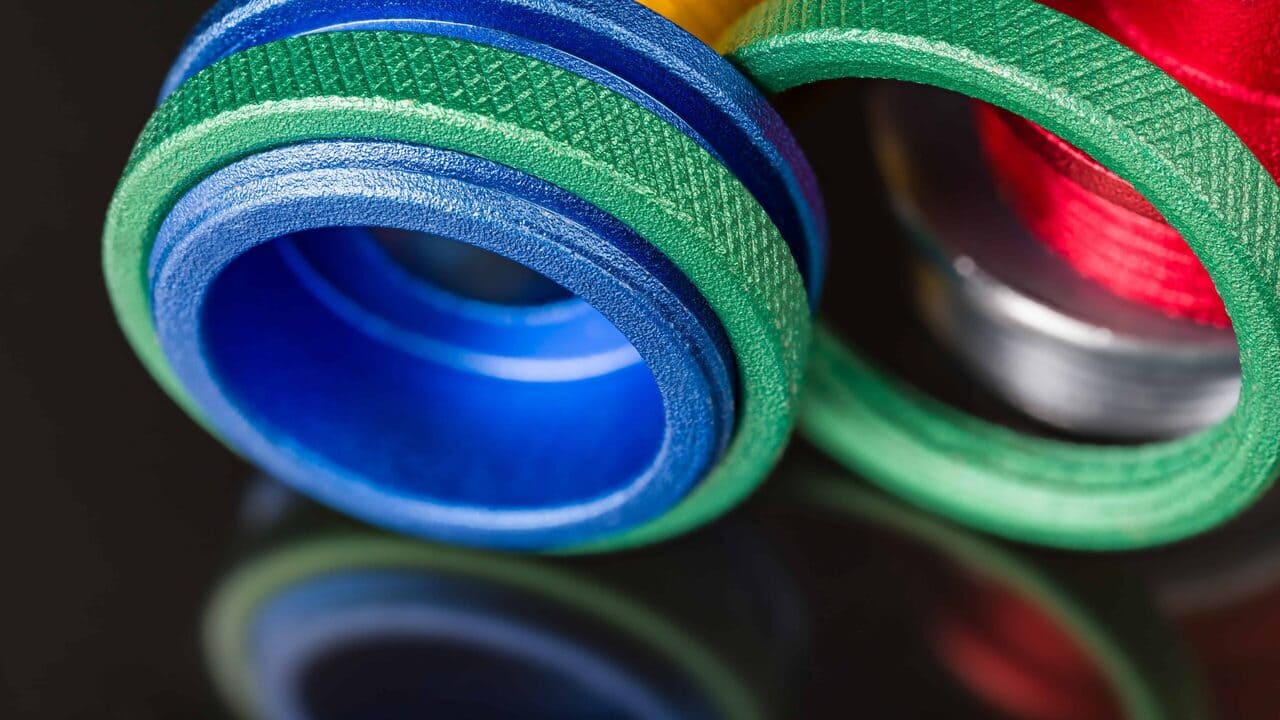Opinions on anodized metals are mixed. In the military the anodizing process results in “brass” buckles and buttons that never need to be polished. However, they are so damage prone that belts need to be undone by removing the buckle entirely from the belt when taking it off to avoid scratches. Welders frequently have to take care with how hot anodized aluminum gets to avoid burning off the anodization and adversely affecting the appearance of a weld. Although, to engineers anodizing is a godsend as it allows them to give lightweight metals like aluminum unique properties like corrosion resistance while keeping weight down.
When it comes to anodizing cast aluminum, though, reactions are almost universally negative. Aluminum castings have porous surfaces that result in a poor surface finish. Additional alloying elements like silicon and zinc can react badly to anodizing baths, resulting in adverse chemical reactions that ruin the substrate. Cast aluminum tooling plate is a less porous precision ground alloy, but traditionally it’s taken an anodized finish nearly as poorly as aluminum castings. But this is changing. New 5000 series aluminums are not only cast aluminums but take to anodizing well with durable long lasting surfaces.
What Is Anodizing?
In the process, a piece of metal is placed in a bath of electrolytes—soluble salts—and an electrical current is passed through the entire material. A negatively charged cathode is placed inside the electrolytic tank, and the workpiece submerged in the bath serves as the positively charged anode. As electrons flow through this circuit hydrogen is released at the cathode and oxygen is released from the anode. This escaping oxygen bonds with the metal forming a metal oxide layer that protects the underlying metal. This layer is an anodic coating, hence the name anodizing.
The fact that it is a metal oxide layer is important as this limits the metal types that can be anodized to those where a metal oxide layer is protective of the underlying metal. Iron oxides—better known as rusts, and technically hydroxides—are not protective layers. This means iron alloys like steel or stainless steel aren’t suitable for anodizing. There are, however, coating processes that offer superficially similar results like chrome and nickel plating, or powder coatings which create protective layers by a different process. The three metals that can be anodized are:
- Aluminum and aluminum alloys
- Titanium and titanium alloys
- Magnesium and magnesium alloys
In spite of being aluminum alloys cast aluminums whether they are castings or cast jig or tooling plates have traditionally reacted very badly to anodizing. The anode coat would bond poorly, or have an unacceptable surface finish if it could be coated at all. This is due to the elements used to alloy the aluminum in order for it to be cast in the first place.
Why Anodizing Cast Aluminum Reliably Is Now Possible
Traditionally, casting pure aluminum has relied a lot on introducing significant amounts of silicon into the alloy. The casting process makes the aluminum much easier to reliably cast, but significantly increases its porosity while simultaneously increasing the coarseness of its grain structure. The presence of the silicon significantly reduces the weldability of cast aluminum in the casting process.
In the anodizing process this silicon results in an uneven surface response. When silicon bonds with oxygen, the thing released by the anodic process, the result is silicon dioxide better known as quartz, which is most often encountered as sand.In addition to the silicon cast aluminum alloys also tend to have additional metallic elements like copper and zinc that react poorly to the electrolytic baths used in the anodizing process. These baths tend to be quite acidic and zinc and copper both have a tendency to turn into a black sludge when exposed to acids.
New cast aluminum formulations replace these problematic additional alloying elements. Proprietary cast aluminum tooling plates from a variety of manufacturers are part of the 5000 series of aluminum. They are variants of 5083 aluminum to be specific. Aluminums in this series are defined by their use of magnesium in their alloying, and this is one of the metals that reacts positively to the anodizing reaction.
Why Anodize Cast Aluminum?
The most common reason for anodizing aluminum is purely cosmetic, as can be seen with the military’s dress uniform brass. In addition to this there are a great many consumer aluminum items that are anodized to make them shiny, or give them a coat of bright coloring.There is also practical consideration to these coatings as they help isolate the aluminum from the external environment and help prevent corrosion while presenting an aesthetically pleasing appearance.
Anodizing is often applied to aluminum structures like external awnings and breezeways to protect the structure from corrosion while enhancing a structures appearance. There are other types of anodizing that lend the coated aluminum both desirable chemical and thermal properties. The classes of anodizing are:
- Type 1 – Chromic Acid: This type of anodizing uses a chromic acid bath to create a thin layer of metal oxide on the anode (work piece) surface. It is the most common type of anodizing and provides a solid protective surface, this surface however can be thin and prone to scratching.
- Type 2 – Sulfuric Acid: Type 2 anodizing uses a more potent acid and results in a thicker oxide coating. Notably, this thicker coating also reduces the electrical conductivity of the aluminum which may be a useful feature for cast aluminum parts in certain applications.
- Type 3 – Hardcoat Anodize: Hard Coat anodization is really an extension of sulfuric acid anodization. The process controls are much more exacting. Immersion times are longer, and the resulting anodized layer is substantially thicker. This process is used to enhance the wear and corrosion resistance of a part, and can be combined with polytetrafluoroethylene (PTFE) molecules to create a slippery lubricated surface. This is a process that can be used to create industrial bearings.
- Boric Acid Anodizing: This is in effect an alternative type 1 anodizing process. Chromic acid has traditionally involved the use of hexavalent chromium, a potent carcinogen, boric acid provides a safer solution while allowing for similar results.
Cast aluminum that actually reacts well to anodization opens up a lot of possibilities. Cast aluminum mold plates with hard anodization can significantly speed up production times in a lot of industries. At the very least the anodization can significantly enhance the service life of these molds. Hardwearing cast aluminum bearings can reduce the overall weight of heavy equipment, and reduce the energy costs needed to operate. There is a great deal of untapped potential offered by 5080 cast aluminums that is yet to be appreciated as these formulations are so new. They are, however, available at reasonable prices and with quick turn around so discovering the benefits of anodizing cast aluminum is only a click away.
